Can Using Aftermarket Parts Cause Battery Drain – Common Mistakes!
Aftermarket parts can lead to battery drain, especially if they’re high-energy components like sound systems or custom lighting. For example, installing a powerful sound system might cause the battery to struggle, particularly if not properly integrated.
Ensuring high-quality parts and professional installation, along with regular maintenance, can help mitigate these issues and extend battery life.
Introduction:
Aftermarket parts allow vehicle owners to customize, upgrade, and enhance their cars beyond the limitations of factory-installed components. Whether it’s a booming sound system, custom LED lighting, or an advanced GPS unit, these modifications can breathe new life into a vehicle.
However, with great customization comes great responsibility, particularly regarding your car’s electrical system. One of the most frequent concerns for car enthusiasts is whether these aftermarket additions might cause battery drain.
Understanding how aftermarket parts interact with your vehicle’s battery can help prevent unexpected breakdowns and electrical malfunctions.
Understanding Aftermarket Parts:
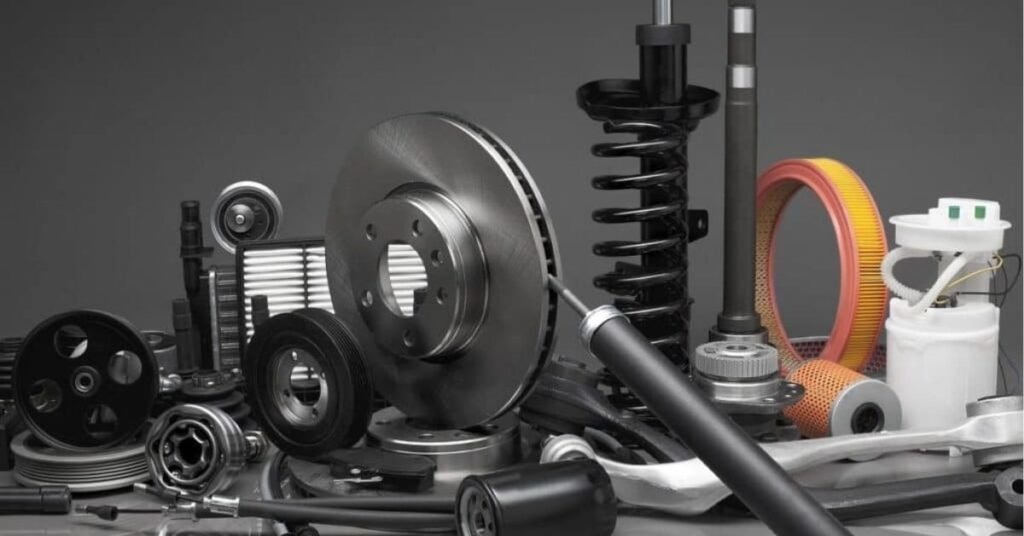
What Are Aftermarket Parts?
Aftermarket parts refer to components or accessories that are not made by the vehicle’s original manufacturer (OEM—Original Equipment Manufacturer).
While OEM parts are specifically designed for a vehicle’s make and model, aftermarket parts are produced by third-party companies and are often more affordable or offer enhanced performance.
Differences Between OEM and Aftermarket Parts:
The fundamental difference between OEM and aftermarket parts lies in their source and sometimes their design. OEM parts are identical to the original components that came with the car, ensuring a perfect fit and consistent performance.
Aftermarket parts, on the other hand, vary widely in quality, design, and compatibility. While some aftermarket parts can surpass OEM parts in durability or performance, lower-quality aftermarket parts may cause issues, especially when it comes to electrical systems.
Common Types of Aftermarket Parts Installed on Vehicles:
Some of the most popular aftermarket modifications include high-performance sound systems, underbody lighting kits, custom dashboards, engine performance chips, and security systems.
Each of these components interacts with the vehicle’s electrical system in unique ways, drawing power either constantly or intermittently. This power draw, if unbalanced, can stress the vehicle’s battery and electrical system over time.
read also: https://techsboost.com/can-a-weak-car-battery-cause-ecu-problems/
How Electrical Systems in Vehicles Work:
The Role of the Battery in Modern Vehicles:
The car battery is the heart of your vehicle’s electrical system. It provides the necessary voltage to start the engine and powers many electrical components when the engine isn’t running.
Once the engine is on, the alternator takes over, recharging the battery while also supplying power to the vehicle’s electrical systems. Without a reliable battery, even the smallest electrical malfunctions can lead to significant operational failures.
Key Electrical Components That Depend on Battery Power:
Several components rely on the battery to function properly, including the ignition system, lighting, entertainment systems, and advanced driver-assistance systems (ADAS).
These components need consistent, clean power to operate without fault. Any aftermarket part that draws excess energy from the battery may disrupt this balance, leading to potential failures or poor performance.
How Power Distribution Works in a Standard Vehicle:
In a vehicle, power is distributed through a complex network of wiring, relays, and fuses. The battery supplies power to the primary components, while the alternator replenishes the battery as the car runs.
Power is distributed on demand, with critical systems like the engine’s ignition or lighting taking priority over non-essential systems. Any aftermarket part that disrupts this carefully managed system can create electrical problems, especially if it draws more power than the original part it replaces.
The Link Between Aftermarket Parts and Battery Drain:
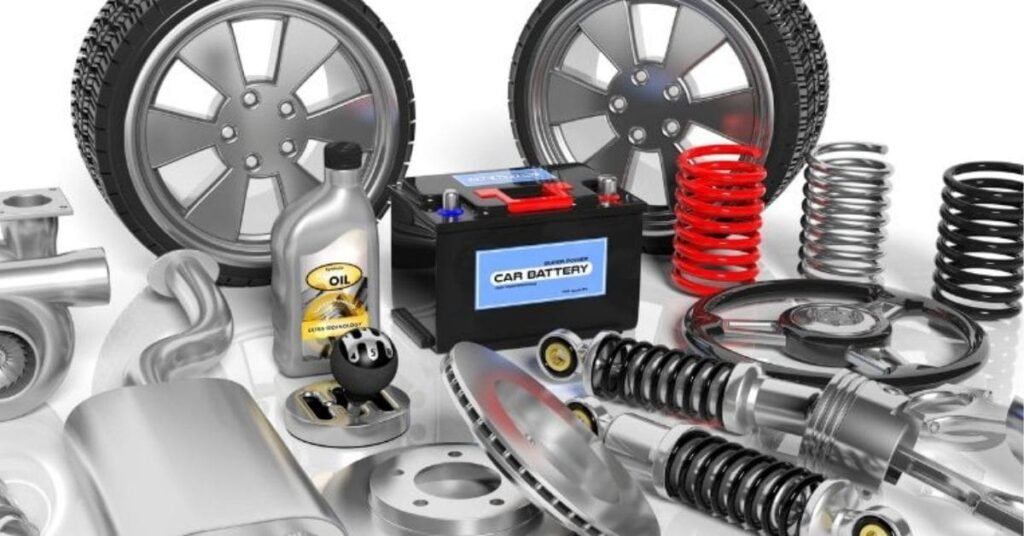
Do Aftermarket Parts Consume More Power?
Not all aftermarket parts are power-hungry, but some can significantly increase the electrical load on your vehicle’s system. For example, an aftermarket amplifier for a sound system may require more power than your car’s alternator can provide, leading to battery depletion over time.
While many high-end aftermarket parts are designed to work efficiently within a vehicle’s existing electrical framework, others may not be optimized, leading to increased power consumption.
Common Aftermarket Parts Known for Causing Battery Drain:
Certain aftermarket parts are notorious for contributing to battery drain. These include high-output audio systems, additional lighting (such as custom LED lights or underglow kits), advanced GPS systems, radar detectors, and remote start systems.
Each of these accessories can draw power even when the vehicle is turned off, which can deplete the battery if the car is parked for extended periods.
The Science Behind Battery Drain: Why More Power Equals Less Battery Life
The science behind battery drain is simple: when more power is consumed than is replenished, the battery loses charge over time. Batteries have a finite amount of energy storage, and when power-hungry components are added to the system, the rate at which energy is depleted increases.
This constant drain can shorten the battery’s lifespan, leaving it unable to hold a charge for long periods, especially if aftermarket parts are consuming power even when the vehicle is idle.
read also: https://techsboost.com/can-a-battery-issue-cause-your-car-to-overheat/
Factors That Determine the Impact of Aftermarket Parts on Battery Life:
Quality of Aftermarket Parts: How Cheap Parts Can Cause Bigger Problems
Quality plays a critical role in determining the impact of aftermarket parts on your vehicle’s battery. High-quality parts are engineered to work seamlessly with your vehicle’s electrical system.
Cheaper, low-quality components, however, may not be optimized for energy efficiency, causing them to draw more power than necessary or fail prematurely, leading to electrical issues and battery drain.
Improper Installation: How Incorrect Wiring Can Lead to Battery Issues
Improper installation of aftermarket parts is one of the leading causes of battery drain. If the wiring is incorrectly connected, it can create parasitic drains—where power is continuously drawn from the battery, even when the vehicle is turned off.
Ensuring a professional, precise installation is essential to prevent unnecessary power loss and avoid damaging the electrical system.
Power-Hungry Parts: Identifying High-Energy Aftermarket Accessories
Some aftermarket parts are inherently power-hungry due to their nature. High-wattage audio amplifiers, advanced infotainment systems, or continuous LED lighting all demand considerable amounts of energy.
Identifying these high-energy components before installation helps ensure you take proper measures, such as upgrading your battery or alternator, to support the increased demand.
Compatibility Issues: Why Mismatched Parts Strain the Battery
Compatibility between your aftermarket part and the vehicle’s existing electrical system is crucial. When aftermarket parts are not properly matched to your vehicle’s power output, it creates a strain on the battery.
For example, if the alternator cannot generate enough power to support an aftermarket part, the vehicle will continuously drain the battery, leading to frequent recharging or replacement.
How to Avoid Battery Drain When Using Aftermarket Parts:
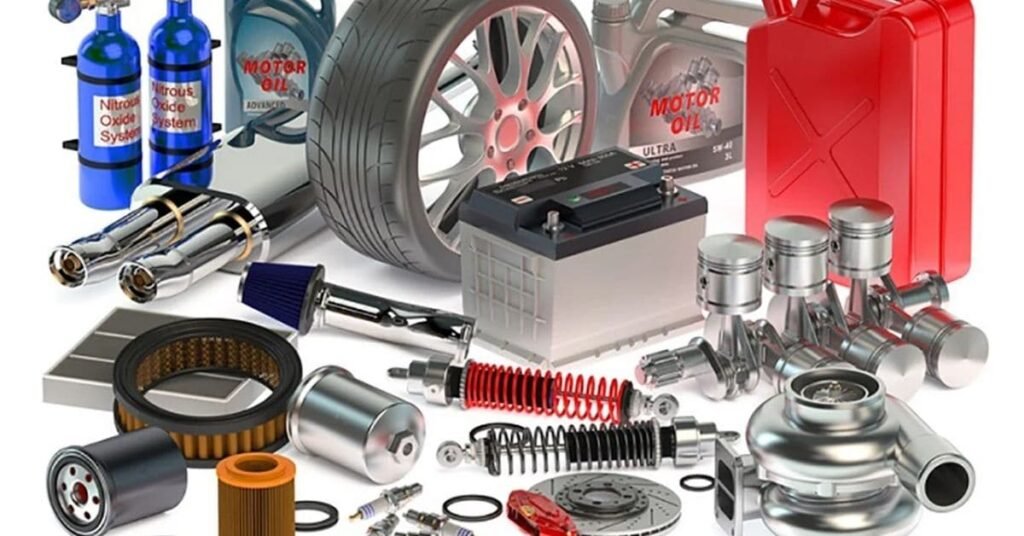
Choosing High-Quality, Compatible Aftermarket Parts:
One of the easiest ways to avoid battery drain is by choosing high-quality, energy-efficient aftermarket parts that are compatible with your vehicle’s electrical system.
Researching parts and consulting with professionals ensures you select components that won’t overtax your battery or alternator.
The Importance of Professional Installation for Electrical Components:
Professional installation is vital for ensuring aftermarket parts work correctly within your car’s electrical system. A qualified technician understands the intricacies of automotive wiring and can install components without causing power leaks or parasitic drains.
Professional installation may also prevent costly damage that can occur from improper handling of electrical components.
Balancing Aesthetic Mods and Power Efficiency:
While aftermarket mods can enhance the aesthetic appeal of your vehicle, it’s essential to balance aesthetics with power efficiency. Opting for low-energy LED lights or energy-efficient sound systems can reduce the electrical load on your car without sacrificing visual or audio quality.
How to Monitor and Test Your Battery After Installing New Parts:
After installing aftermarket parts, it’s essential to monitor the health of your battery. Regularly testing the battery’s charge level with a multimeter or battery tester can help detect any irregularities.
If you notice a drop in battery performance, it may be necessary to adjust the aftermarket components or upgrade your vehicle’s power supply.
read also: https://techsboost.com/can-a-failing-battery-affect-your-cars-fuel-pump/
Signs Your Aftermarket Parts Are Draining Your Battery:
Warning Signs to Look For: Slow Start, Dimming Lights, and Electrical Glitches
If your car exhibits a slow start, dimming headlights, or intermittent electrical glitches after installing aftermarket parts, these are clear signs of battery drain.
These symptoms indicate that the vehicle’s electrical system is struggling to maintain power levels due to an excessive draw on the battery.
How to Diagnose the Problem: Tools and Techniques for Testing Battery Drain
Diagnosing battery drain can be done with tools like a multimeter, which can measure the current draw on your battery. By performing a parasitic draw test, you can determine how much power is being consumed while the car is off. This test helps identify whether aftermarket parts are responsible for the drain.
When to Seek Help from a Professional:
If you’re unable to pinpoint the cause of battery drain, it’s advisable to consult a professional. Automotive electricians have specialized tools and expertise to diagnose electrical issues and ensure your aftermarket parts are not adversely affecting your vehicle’s performance.
Solutions to Prevent or Fix Battery Drain Issues:
Battery Upgrades: When to Consider a More Powerful Battery
If your aftermarket parts are consuming too much power, upgrading to a more powerful battery may be necessary. High-capacity batteries can provide additional reserve power for vehicles equipped with multiple aftermarket components, reducing the strain on the standard battery.
Installing Voltage Regulators or Power Management Systems:
Voltage regulators and power management systems can help distribute electrical load more evenly, preventing any single component from drawing too much power.
These devices ensure that the battery remains stable and can handle the increased electrical demand from aftermarket parts.
Disconnecting Unnecessary Aftermarket Accessories When Not in Use:
To preserve battery life, it’s a good idea to disconnect non-essential aftermarket parts, such as lighting or audio systems, when they’re not in use.
Some aftermarket parts may continue to draw power even when the car is off, so disconnecting them can help preserve the battery’s charge.
Routine Maintenance Tips to Keep Your Electrical System Healthy:
Routine maintenance of your vehicle’s electrical system is key to preventing battery drain. Regularly check the battery, clean the terminals, and ensure that all aftermarket parts are functioning correctly. Keeping up with maintenance will extend the life of both your battery and the aftermarket components.
FAQ’s
1. Do all aftermarket parts drain the battery?
Not all aftermarket parts cause battery drain, but some, like high-output audio systems and custom lighting, can significantly increase electrical load, especially if improperly installed.
2. What signs indicate battery drain from aftermarket parts?
Signs include slow starts, dimming headlights, and intermittent electrical issues, suggesting excessive draw on the battery.
3. How can I prevent battery drain with aftermarket parts?
Choose high-quality, compatible parts and have them professionally installed to avoid excessive power consumption and electrical issues.
4. Is it necessary to upgrade my battery with aftermarket parts?
Yes, if aftermarket components draw more power than your existing battery can handle, upgrading to a higher-capacity battery may be necessary.
5. When should I consult a professional about battery issues?
Seek professional help if you cannot identify the cause of battery drain or if you experience persistent electrical problems after installing aftermarket parts.
Conclusion:
Using aftermarket parts can enhance your vehicle’s performance and aesthetics, but they may also lead to battery drain if not managed properly. Choosing high-quality components, ensuring professional installation, and conducting regular maintenance are essential to prevent electrical issues. By understanding the implications of aftermarket modifications, you can enjoy your customizations without compromising battery life.
Read also:
https://techsboost.com/what-to-do-when-your-car-battery-gets-too-hot/
https://techsboost.com/how-to-identify-battery-related-issues-in-older-vehicles/
https://techsboost.com/can-using-too-many-accessories-at-once-drain-your-battery/
https://techsboost.com/can-a-faulty-car-battery-cause-your-gps-tracker-to-malfunction-due-to-battery/
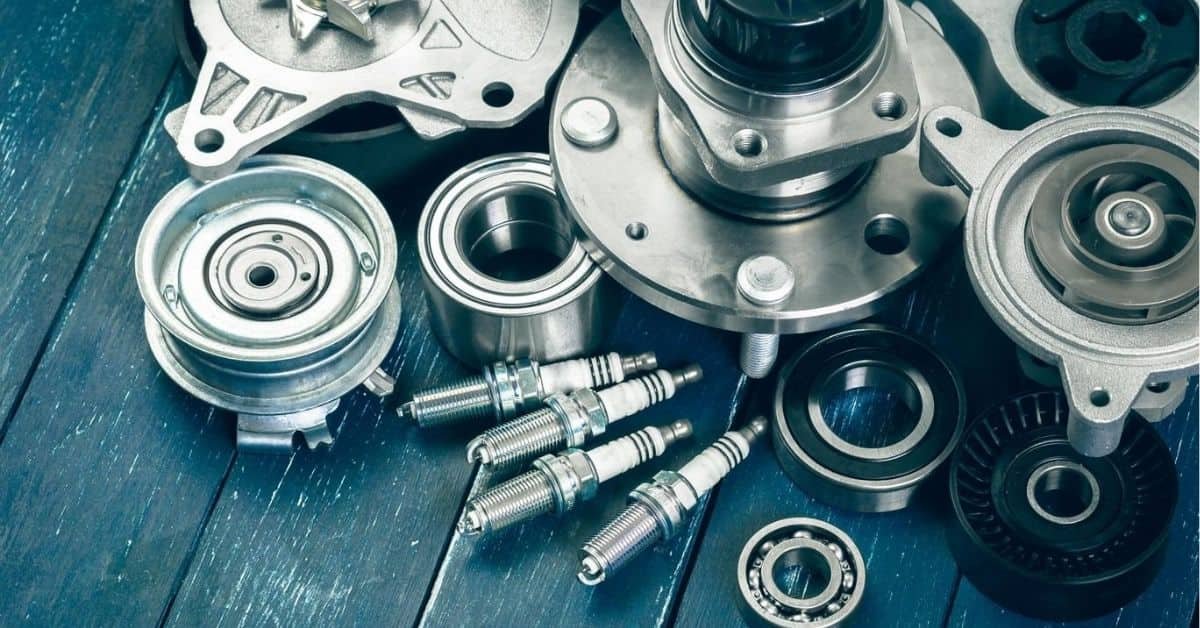

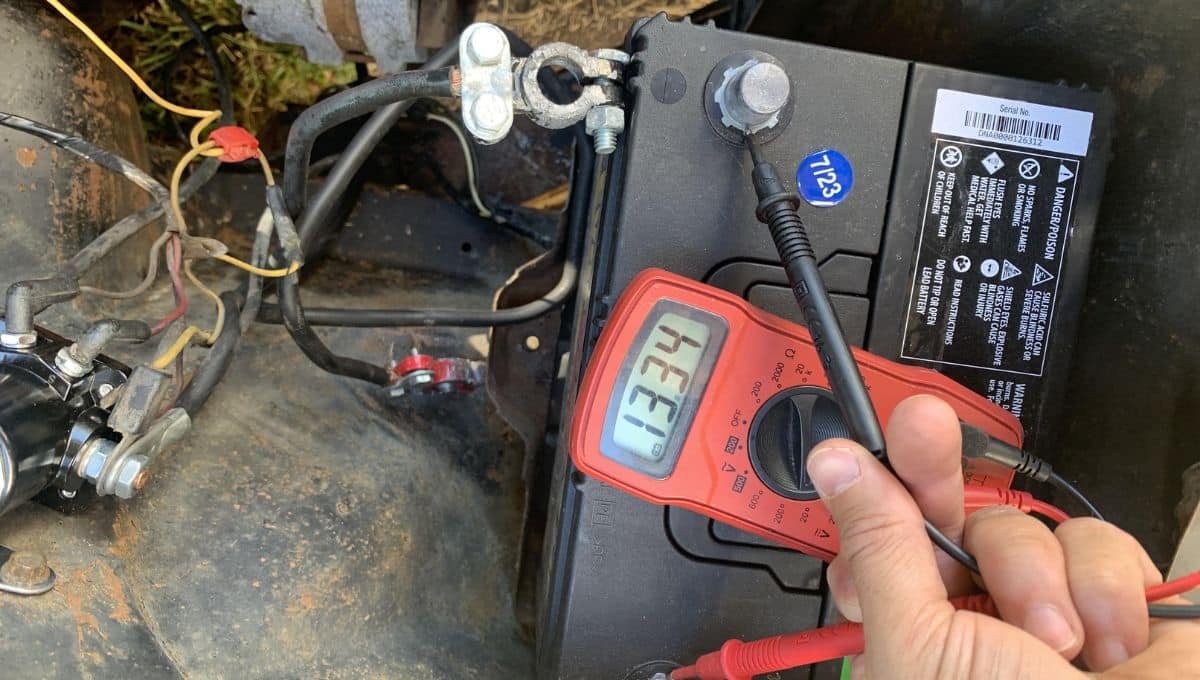


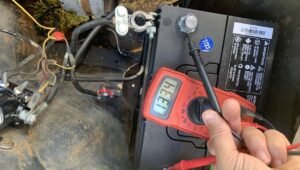


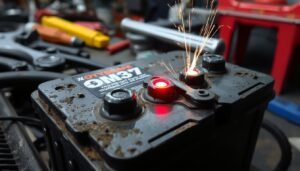

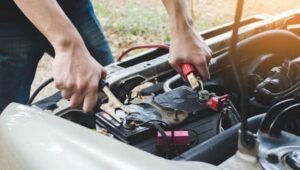
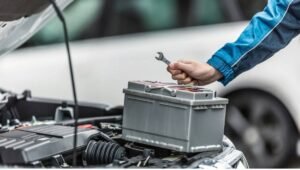

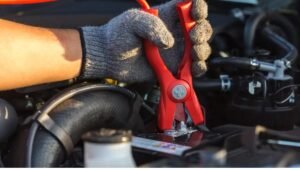
Post Comment